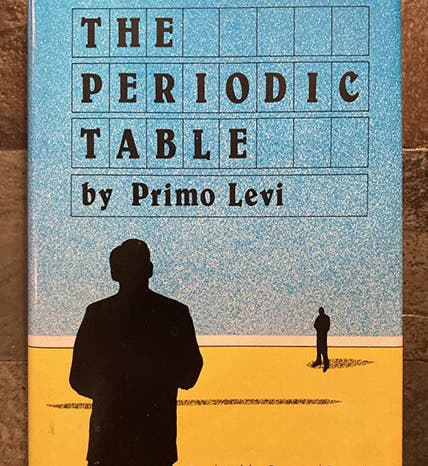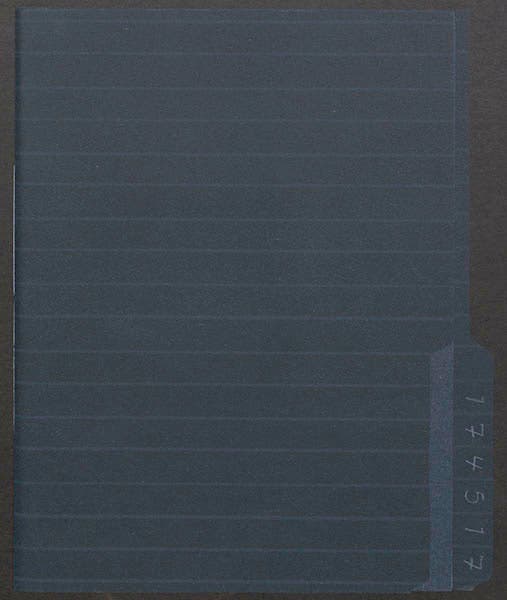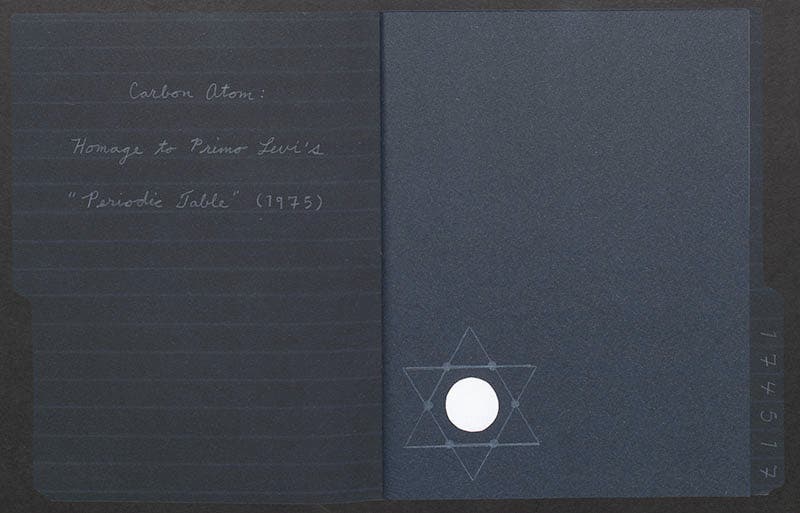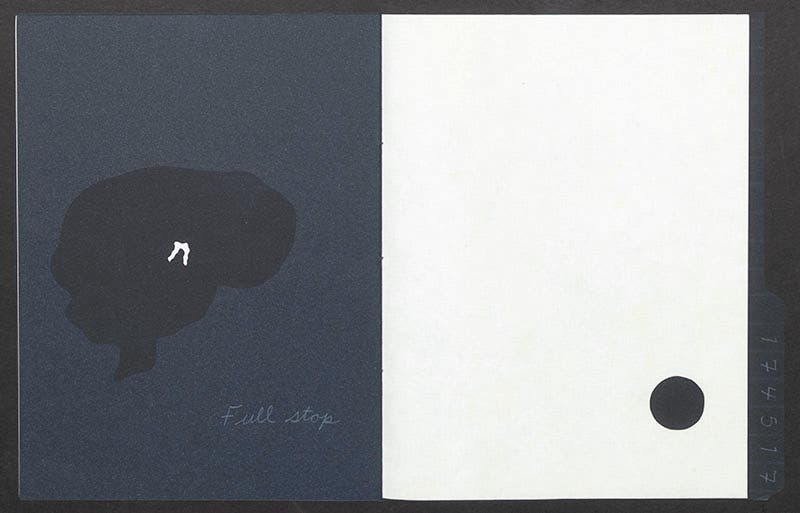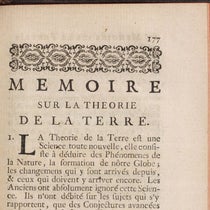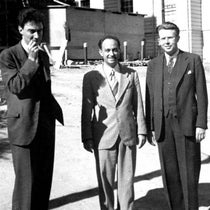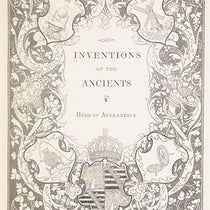Scientist of the Day - Primo Levi
Primo Levi, a Jewish chemist and author, was born on July 31, 1919. In a previous post we celebrated his life on the anniversary of Levi’s death, and today we reflect again on Levi’s legacy in recognition of his birthday – he would have been 105 years old. Levi is, perhaps, best known for his writing, and for surviving his internment in Auschwitz, thanks to his work at IG Farben, from which he scrounged materials to feed himself and his fellow prisoners.
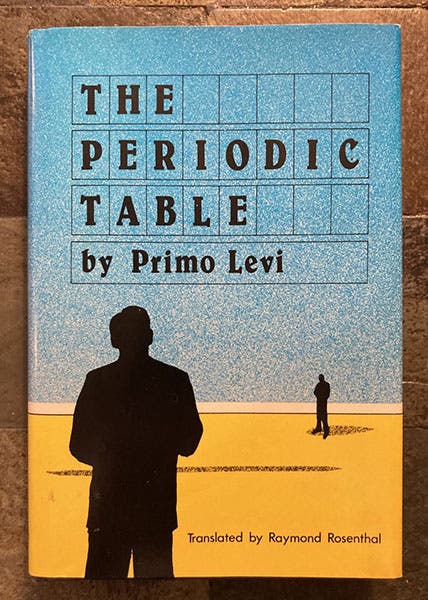
The Periodic Table, by Primo Levi, New York, Schocken Books, first edition, 1984 (Bill Ashworth’s copy)
Our last post examined Levi’s life through his 1975 book, Il sistema periodico, which appeared in 1975 and was subsequently translated into English, appearing under the title The Periodic Table. We mentioned several chapters: “Potassium,” “Chromium,” “Cerium,” and “Vanadium.” Today I’d like to focus on “Carbon,” the final chapter of the book.
In that chapter, Levi follows the path of a single atom of carbon, beginning with its release from a block of limestone in a kiln, being inhaled in a falcon’s lungs, cycling through air and water several times before residing in plants, and finally, Levi himself. To my mind, it’s a wonderful extended reflection on the deep, even elemental, connections between humankind to each other, and humans to the earth.
The “Carbon” chapter is the focus of a very recent acquisition by the Library, a celebration of Levi’s legacy, titled Carbon Atom: Homage to Primo Levi's "Periodic Table,” by Angela Lorenz. When I first saw the work, I understood it was about Levi, but thanks to Lorenz’ essay on the work, I’d like to honor Levi’s life with a close look at aspects of this new acquisition.
Let’s begin on the outside of the book, which looks much like a standard office file folder. In the top is written “174517” which was Levi’s number from Auschwitz, and the pin-striped appearance reminds us of the stripes of the incarcerated.
In the first spread of the book, we see the title of the book, handwritten in tailor’s chalk, and facing is the symbol for a carbon atom, inside a Star of David, with each of its six points representing six electrons in a hexagon. The book itself is made from scrounged materials and simple tools: a razor blade, bone folder, needle and silk thread (recalling Levi’s discussion of silk cultivation), and beeswax. These choices are meant to have us reflect on Levi’s survival of Auschwitz, as well as what Lorenz calls the “creativity and invention that arise during times of deprivation.”
The text of Carbon Atom is a poem:
With limestone, pickaxe, kiln,
cleaved from calcium.
CO2 takes flight,
in falcon’s lungs alights.
Thrice dissolves in sea,
in one river be.
With sun and leaf does mate,
and oxygen expirate.
Leaf, sap, vine,
pedicel, grape, wine.
Liver, muscle, thigh.
Lactic acid, sigh.
Cedar of Lebanon.
Woodworm, moth, gone.
Slough, milk, brain,
Full stop.
(again?)
Which distills the movement of Levi’s single carbon atom. My favorite opening from the book is the final one, in which we see Levi’s brain, and the three preceding containers for the atom (woodworm, moth, milk) as he thinks about them in the brain, the text closing with the same circular shape as the opening.
Carbon Atom joins our small collection of artists books that relate to science and its history, and I am thankful that our friends at Two Ponds Press brought it to our attention at the Manhattan Fine Press Book Fair, and made sure it has a home here at the Library.
Jason W. Dean, Vice President for Collections and Public Services, Linda Hall Library. Comments or corrections are welcome; please direct to deanj@lindahall.org.

